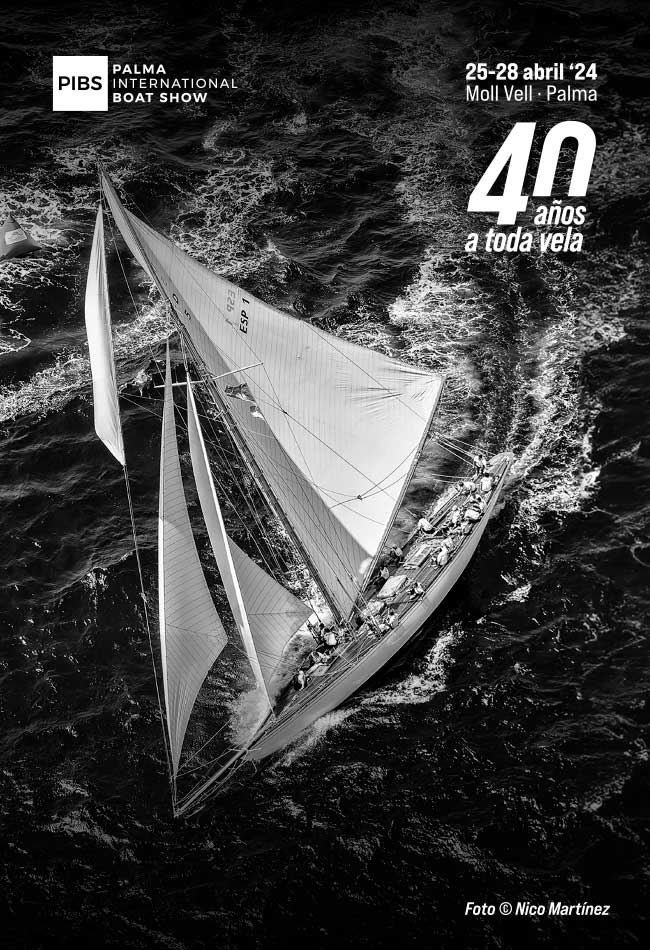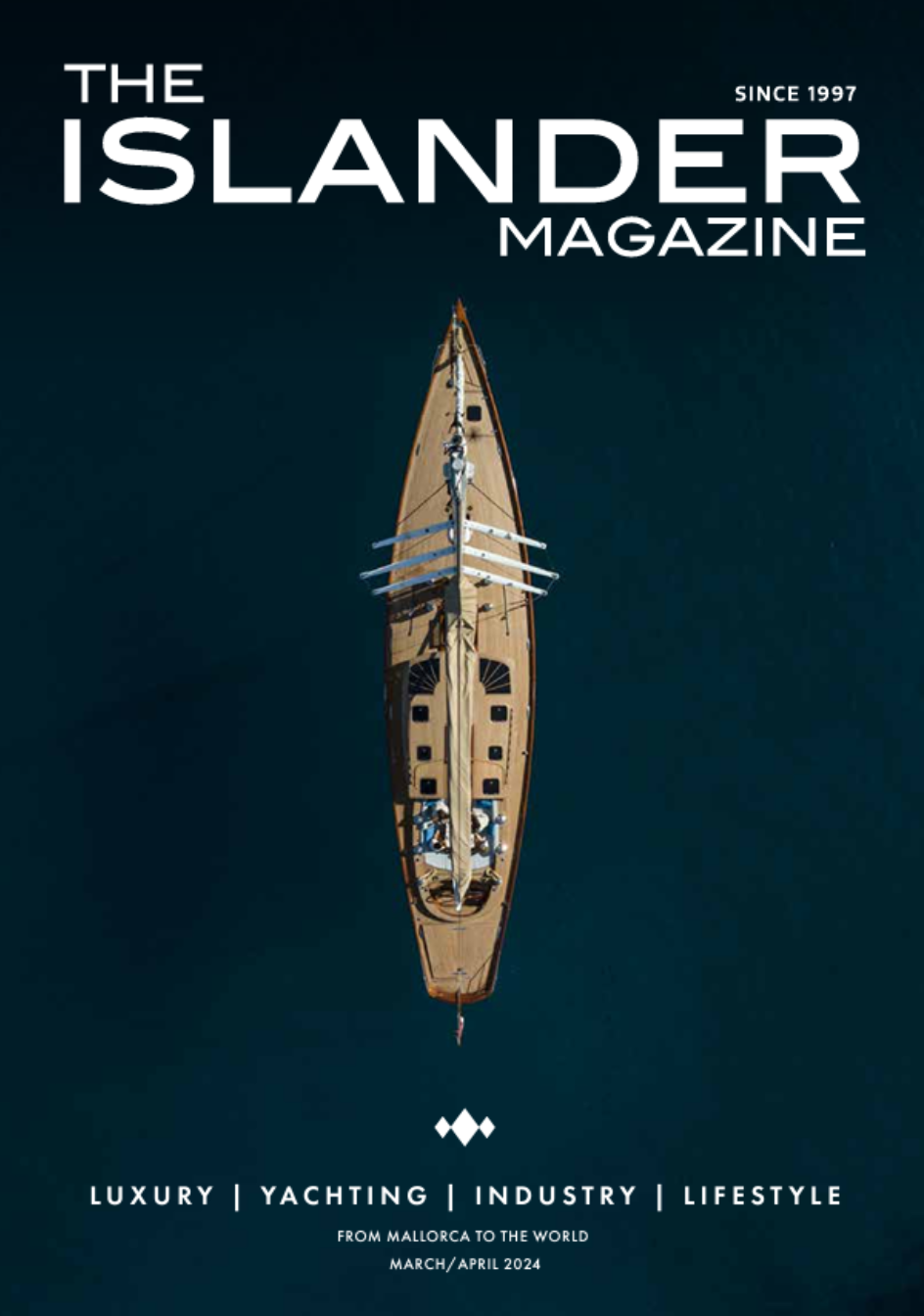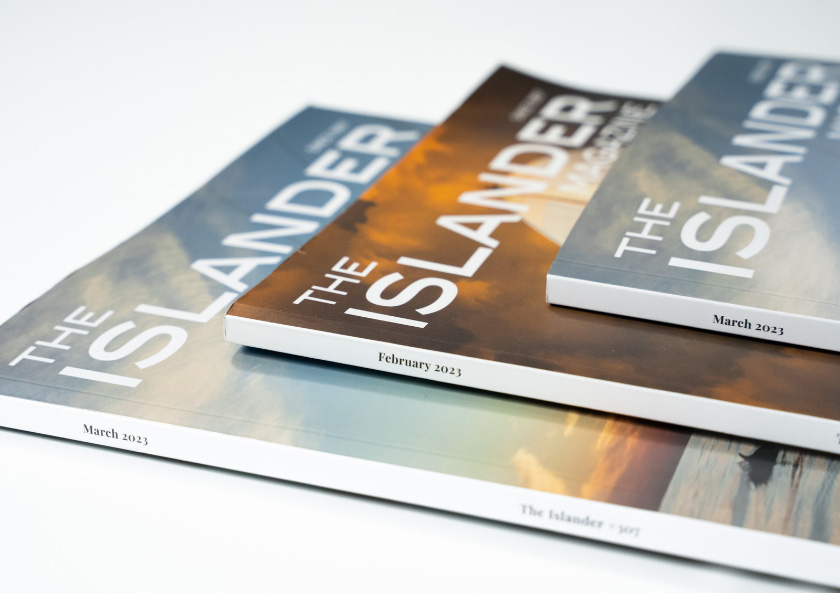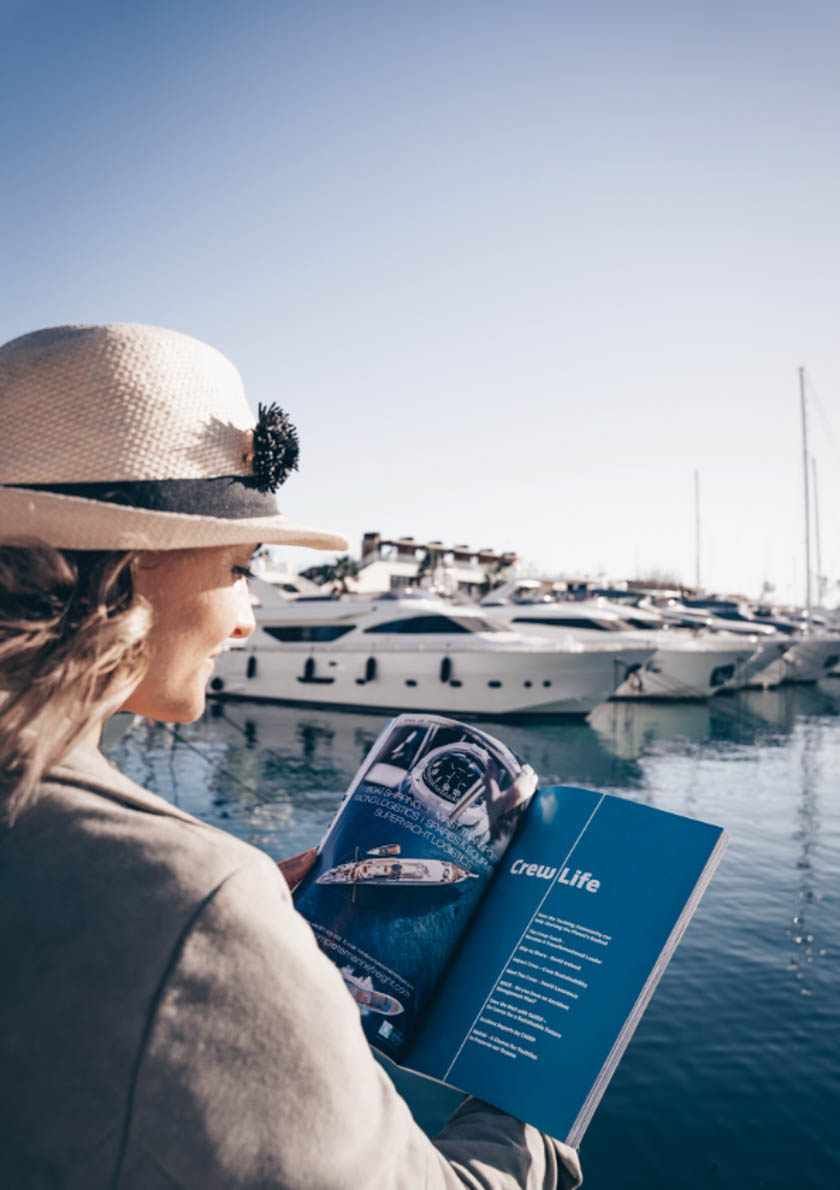In a major incident, the first hour of care provided can often be the matter between life and death, in first response medicine, we call it the Golden Hour. To be prepared for a medical emergency it is worth while doing drills, last time I was involved in a medical emergency, it was so smooth it rolled out just like a drill. Practice makes perfect and I must be honest, it drives me mad that so many of you do fire drills and MOB but rarely medical scenarios. So, give me 5 minutes to refresh your memory, because education and repetition saves lives!
Let’s go through the DR ABC regarding a medical scenario. Do you remember what DR ABC is, if not… you need training!
The scenario is a 30-year-old crew member found on the deck, he has noisy respirations in his right chest. He has a knife imbedded in his right leg with lots of bleeding and he has a bleeding wound on his scalp, it appears he was working aloft and fell.
So, we are in the middle of nowhere and this looks bad. The first thing you’re going to do is take a deep breath. You are not effective when you’re when you’re anxious, you are effective when you are calm.
D IS FOR DANGER
The next thing that I always encourage you to do, is get gloves on. People have all sorts of diseases, such as: HIV, hepatitis C and all kinds of things that you can’t undo, so if that person has blood or body secretions, take a moment and get your personal protection on. I also wear my sunglasses when assessing a trauma, and keep my mouth closed!
R IS FOR RESPONSE
Introduce yourself to the victim “Hi mate, it’s Amanda here, stay calm we are going to help you”. Believe me, us trauma victims always remember the support or lack thereof, from our rescuers. Call for help and get some history from the person. What happened, do they have allergies, do they take any meds, etc. If the person falls unconscious they might take valuable information with them, so get it quickly! Notice if the person responds to voice, sound or pain. If they only respond to pain they are semi-conscious. If they do not respond to pain they are unconscious or dead!
A IS FOR AIRWAY
Assess the airway. Take two fingers and sweep away any debris you see. Often people bite their tongue when they fall. Part of a bitten off tongue, logged in the airway, could be the cause of this noisy breathing. Remember, in Basic Life Support we teach you the head tilt and chin lift. These two things both help pull the tongue off the back of the throat, because if a person is unconscious or semi-conscious that big muscular tongue gets all loose and falls into the back of the airway, blocking it.
Next, look listen and feel. I feel his stomach and chest, for breathing. I’m listening for his breaths, while I’m feeling for his breath on my cheek. I’m looking and feeling for the rise and fall of his chest. I am looking to see if the breathing is symmetrical or flail. I feel the ribs, checking for breaks and bleeds. The other thing that you can look at, is if are they using extra muscles to breathe, when we use extra muscles to breathe, we are in respiratory distress.
B IS FOR BREATHING
ARE THEY BREATHING, IF NOT, DO CPR….
If there is no breathing and no movement, we start CPR. Hands only CPR is sufficient these days, we still highly recommend the breathing for children though. The problem here is that we are remote. This is not someone having a heart attack on the street, in Palma, 15 minutes from a hospital. This is someone who fell about 2m and has had such a massive injury that they have stopped breathing and they have no pulse. To be honest after an injury like this the chances of survival are pretty much zero, however us yachties are lucky. I can tell you, miracles do happen.
I tell you this, not because I want to stop your humanitarian instinct to go and try to resuscitate this person, but I just want to give you license to stop if you’re exhausting yourself, you’re exhausting and resources you’re putting yourselves in danger. Remember the boat must keep sailing and there are other crew members to look after. Just do not put yourselves and the vessel in danger to try and save a dead man’s life, no matter how hard this choice may seem at the time.
There are a couple exceptions, as always, one of them drowning, hypothermia and lightning strikes. These people are often quite easy to resuscitate!
THEY ARE BREATHING….
Check their breathing, help the person find a comfortable position. I wrestled many patients who were struggling to breathe, until one day I was one. I realized many patients with breathing problems are fighting to sit up, raise their arms and open their lungs. If there is a chest or rib injury lie the person injured side down.
C IS FOR CIRCULATION
We body sweep the crew member and see the knife impaled in his leg. Do you pull the impaled object out? No! We leave it in, because, it’s a plug in a hole. It is believed the Crocodile hunter Steve Irwin would have survived if he left the Stingray barbs in., I would put a pad with a hole through it over, or two rolled pads either side, of the knife, leave the knife sticking out and then I put some duct tape around and try to seal it around the knife.
In terms of his leg, you must put as much pressure on it as you can, with a pad and bandage. If it is still bleeding, repeat the bandage again, do not remove the first one. A clot may be forming. You can put a blood pressure cuff over the limb and pump it up to 80mmHg, which applies the perfect amount of pressure. Do not pump it anymore or it will totally cut off the circulation.
If you cannot stop the bleeding, I would put a tourniquet on this person. When you put a tourniquet on someone, mark them with a “T” on their forehead, with an arrow pointing to the tourniquet limb. This way when the person is evacuated, the paramedics will know there is a tourniquet on. If it keeps bleeding, make it tighter. You may need to use another type of material, I use a sling. Avoid anything too stretchy.
I would have the crew member lying on their back. I would be checking their pulse and circulation. I recommend something called the capillary refill time test. Squeeze the fingers and toes and note the time it takes for the finger to go from pink to white to pink again, unless you really are cold, within 2 seconds it really should get the color back. If it is more like 6 seconds he could be going into Shock.
If he is sweaty, it means that his adrenaline is pumping, because his body is trying to save its life. Feel the pulse in his wrist, the radial pulse. A radial pulse tells you that your systolic blood pressure (the top number, referring to the pressure in blood vessels when the heart beats) is at least 80. A normal systolic blood pressure, if you have a good radial pulse, is at least over 80. If there is no radial/wrist pulse, lie him down and raise his legs.
Next check below his jaw and you should feel a carotid/neck pulse, it’s actually very close to the side of your trachea. If you don’t feel a radial/wrist pulse but feel a Carotid pulse, that means your systolic blood pressure is at least 60 is that a good sign he has a little blood pressure, but it is also a sign of blood loss and Shock.
The rule for bleeding is compression and elevation. It’s all about getting the compression right, 2 fingers pressing down won’t cut it. It is hard to apply pressure to a scalp laceration. For closing wounds on the scalp, I use a handy bushman’s trick, this not what I call the definitive wound closure, but I twist that hair one side to the other one side to the other and then twist them together closing the wound, or I use skin glue or even super glue. I put a drop of the glue right on top of the spiral that I’ve made over the cut, I hold it there for a minute and then it’s dry rest it down another drop okay and so on. If you are going for sutures or staples, make sure the wound is cleaned out, even with just clean water, preferably with saline. The main problem with wounds is they are not cleaned properly and get infected. I am not a fan of Bactine or iodine, it is believed they kill skin tissue and slow the healing process. I only use these products it there are foreign bodies in the wound, like gravel or dirt.
D IS FOR DISABILITY
D is for disability and how we can fix the disability, stabilize it or reverse the cause.
It is time to assess the person’s neurological status. How is the brain, is there spinal cord damage? In the civilian world, anytime we suspect a head or neck injury we get an X-ray. We cannot do this at sea for every person that hits their head. If they have fallen any more than 2m, we must suspect a head and neck injury. I check the crew members responses and see if he responds to voice, sound or pain, again. It’s important to know if his brain is injured, a neurological survey will help us know if this is a risk. Tap his body from head to toe, see if he can feel anything. Does he have sensation in the lower limbs, does he have equal strength in the limbs? Does it hurt when lying down he twists his hips form side to side?
I also need to look at his pupils, in an emergency you can use a phone, or pen torch. Are the pupils large or small, and symmetrical? If there is anything unusual here, it might signify a brain injury. I would find some side rolls, like a rolled-up towel, either side of the head and some duct tape, taped across the towels and head to immobilize the head. Take all this together all right onto the onto the deck, or stretcher.
Now we need to treat for shock. Signs and symptoms of shock are restlessness, listless, cold, clammy skin, and no or little radial/wrist pulse. We need adequate protection against the cold, because people who are bleeding people who are in Shock get cold faster than you can imagine. Warm him up, with blankets, raise his legs and reassure him.
The garbage bag is one of the most useful things for survival, it can be made into a shirt for the head and the arms and it provides a vapor barrier. If you are in the wilderness you can stuff it with leaves and make a duvet!
Broken bones are painful, people nearly always know when they have broken something. Bones can bleed a lot too. Get familiar with your splints, but please do not splint f you cannot check the circulation. I have seen many limbs lost because an unchecked splint became a tourniquet. Remember when we are injured, our limbs swell! If the circulation is bad, the bone could be displaced, and circulation might be cut off, in this case you may have to reduce the trauma with traction.
So, what are my favourite Trauma kit items, duct tape, a pen, safety pins garbage bags and towels. I absolutely love celox, which is a blood clotting product, the SAS use to use black pepper or Cayenne before we invented this stuff, it works too. I tried it! I travel to every regatta, expedition and BBQ with a couple of essentials. A BP cuff, for compression more than measuring BP’s, Cleox, a pulse oximeter (because they are cool) and a set of oral guedel airways. That is what I need to save a life.
If you do not know what any of these tools are, or how to use them, I suggest you get some training. As everyone is aware, these epic yachts are getting bigger, so are the loads and the injuries. I am an advocate for yearly training. I do not think you can have a better life skill, one which you hopefully never have to use.
Amanda Jean Hewson, RN
BHSC NURSING, NUTRITION, MIPH
Palma de Mallorca
Contact: Nick Stael Von Holstein – nick@msos.org.uk















